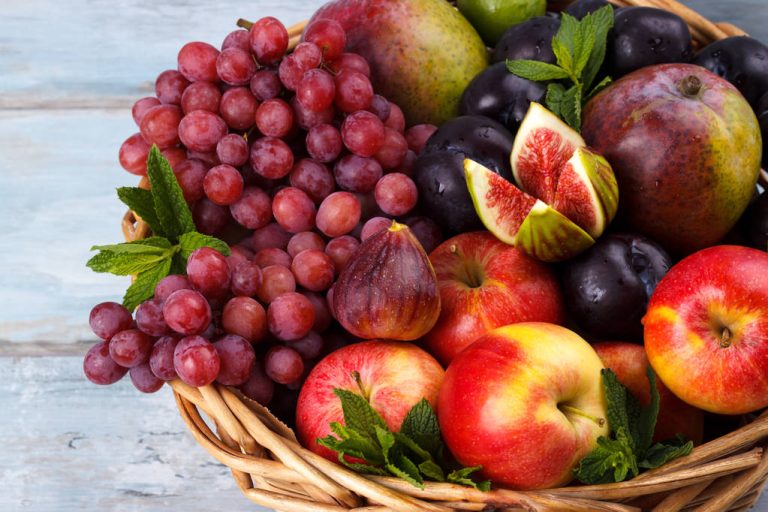Fructose: friend or foe? The natural sweetener has long been considered particularly healthy. But where is fructose really in and what makes it so harmful?

What is fructose and what is it?
Some drinks, for example, contain up to 40 grams of fructose per liter. Even a low-sugar yogurt can contain 15 grams of fructose. These are foods that contain a lot of fructose:
Fruit: apples, pears, mangoes, grapes, all dried fruits, cherries, canned fruits, fruit compotes
Beverages: fruit juices, lemonades, instant ice tea, other soft drinks
Confectionery/sweeteners: honey, pear syrup, applesauce, agave syrup, jam, jelly, ice cream, table sugar
Other: muesli, muesli/energy bars, fruit yoghurt
How much fructose is healthy?
Fructose itself has a positive image. But our digestion is not made for processing too much fructose. About every third person cannot tolerate more than 25 grams of fructose per day or suffers from fructose intolerance with stomach and intestinal problems. If you don’t tolerate fructose well, you shouldn’t do without fruit completely. There are many health-promoting ingredients in fruits
Five times a day vegetables and fruit are healthy, a portion of them in the form of juice. A study from 2020 showed that increased fruit consumption in particular promotes the diversity of the intestinal flora. So fruits do not harm the intestines despite the fructose content. Further intake of added fructose should be limited as much as possible. An intake of more than 35 grams per meal is considered questionable.
When shopping, generally pay attention to whether fructose, fructose or fructose-glucose syrup is on the list of ingredients. Fruit juices should only be drunk in moderation, a maximum of one glass per day
Symptoms of fructose overconsumption
Symptoms of fructose intolerance or excessive consumption of fructose include diarrhoea, insomnia, flatulence, constipation, abdominal pain, nausea, headache, tiredness or even dizziness and mood swings.
What many health-conscious people often do not know: Excessive consumption of fructose can damage the intestinal flora, which causes stomach pain and diarrhea. Especially with foods that are sweetened with industrially produced fructose, the intestinal flora changes in a negative way and loses its healthy balance. In addition, high amounts of fructose can increase uric acid levels, which in turn can lead to gout if crystallization occurs in the joints
As early as 2011, the European Food Safety Authority (EFSA) pointed out other possible metabolic disorders, which can promote lipid metabolism disorders, insulin resistance (diabetes type II) and obesity if too much fructose is consumed. Excessive intake of fructose can also lead to fatty liver

Does fructose make foods healthier?
Fructose is the natural sweetener in food. Of course, the food manufacturers benefit from this, because fructose or fructose syrup is also often used in food production instead of granulated sugar.
Fructose is much cheaper to produce and has a ten to twenty percent higher sweetening power than conventional sugar. Fructose also masks the unpleasant taste of sweeteners and enhances the fruity aroma in foods. Descriptions on the packaging such as “less sweet”, “less sugar” or “fruity sweetness” often indicate a high fructose content.
So that your health does not have to suffer, you should take a few measures:
Reduce your household sugar
Eliminate finished products with fructose from your diet
Drink fruit juice sparingly
Honey only in small amounts
Dried fruits only in small quantities
Get inspired by sugar-free recipes

